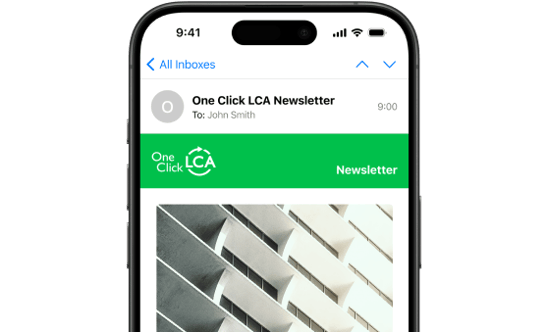
Industrial machinery, image by freepik.
What are environmental product declarations (EPDs), why you need them, and how to create them.
What does EPD stand for?
An environmental product declaration, or EPD, is a document which transparently communicates the environmental performance or impact of any product or material over its lifetime.
Within the construction industry, EPDs support carbon emission reduction by making it possible to compare the impacts of different materials and products in order to select the most sustainable option.
- Architects, engineers and designers are able to choose the most sustainable option for their project.
- Manufacturers are able to optimize the impact of their products and market their carbon transparency.
An EPD is usually valid for five years, and is generated according to the relevant standards. Construction EPDs are based on the ISO 14040/14044, ISO 14025, EN 15804 or ISO 21930 standards.
EPDs help to achieve EPD and LCA credits in certification schemes, like LEED, BREEAM and others.
EPDs and life-cycle assessment
EPDs are built around the life-cycle assessment practice and methodology. However, their scope extends beyond life-cycle assessment, because of the additional requirements from the aforementioned standards and related frameworks.
There are several types of EPDs that cover different life-cycle stages of a product:
- Cradle-to-gate EPD involves only the manufacturing process and harvesting of a material. It has the minimum amount of data for life-cycle assessment.
- Cradle-to-grave EPD includes the whole life-cycle of a product, specifically covering its maintenance and the end of life. If you wish to create an EPD for your product or utilize your manufacturer’s EPD, this is the option you should select.
- Cradle-to-gate with options includes the minimum requirements that are present in the cradle-to-gate option with a few additional information modules from cradle-to-grave EPD variation.
What does an EPD look like?
Download these selected EPDs created with One Click LCA and published in EPD program operators for inspiration.
Business benefits of EPDs
EPDs in construction projects and manufacturing are voluntary. However, their use is rapidly growing in line with awareness about environmental impacts. Both public and private stakeholders are increasingly demanding EPDs. There are a number of benefits to creating or using EPDs including:- Market differentiation: using or creating EPDs will help you to differentiate your product or your project.
- Regulation and legal requirements: all public procurement bodies in the EU and EEA are required to use EPDs to assess the environmental footprint of products and Belgium requires the use of EPDs if a company is performing any environmental-related marketing.
- Credits and certification: LCA credits are very cost-efficient and easy compared to other credits’ requirements for your building’s certifications and EPDs are also recognized by LEED and BREEAM, among other market-based systems.
How to create an EPD
To create an environmental product declaration (EPD), there are five main steps manufacturers have to go through.
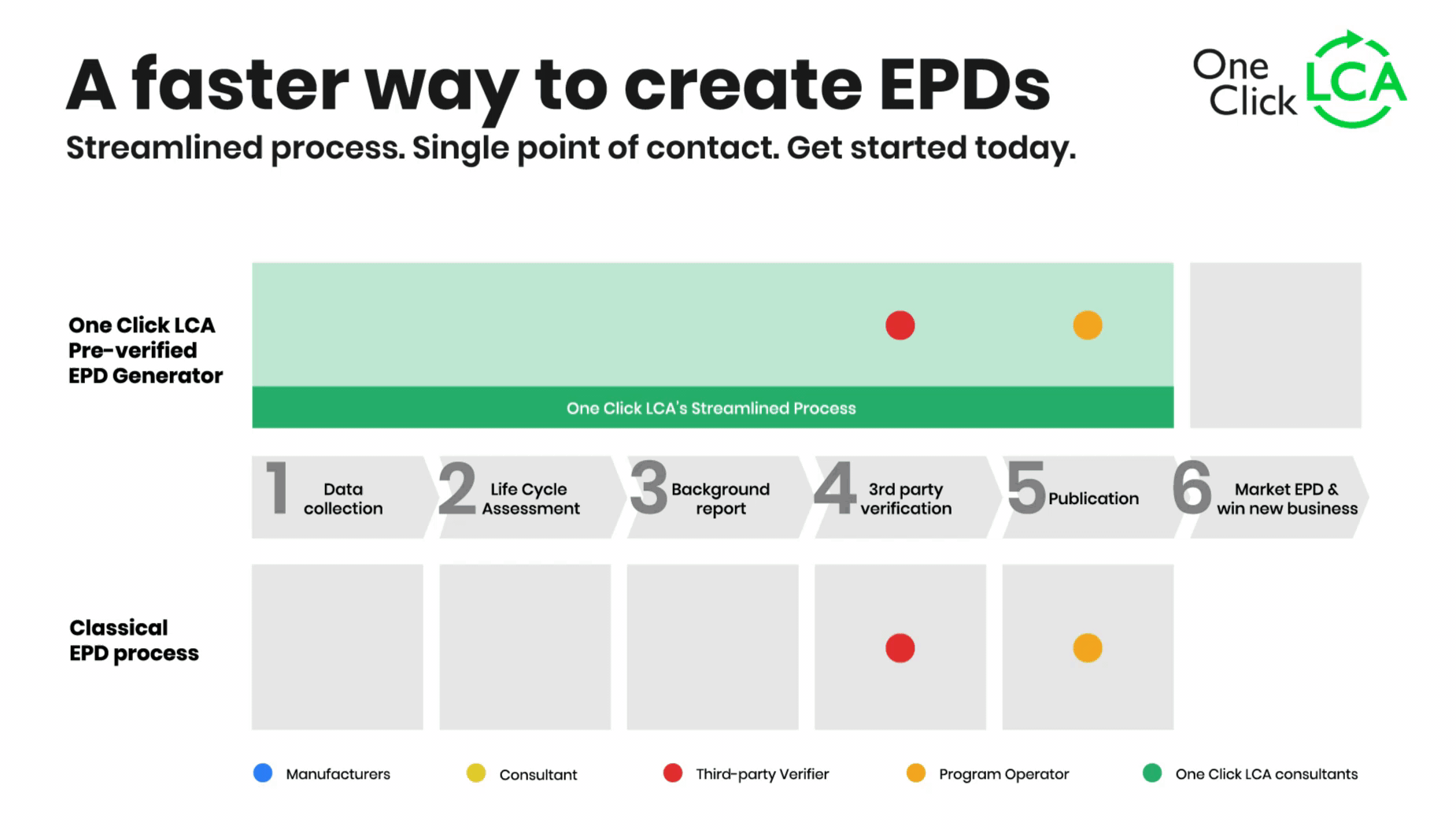
Steps to creating environmental product declarations:
Step 1 – Collect data: including raw material, resource consumption and waste data for your product. Your choice of program operator and Product Category Rule (PCR) will determine the specific data you will need to collect, based on which stages of your product life-cycle and which impact categories your LCA will need to assess.
Step 2 – Conduct a life-cycle assessment: the LCA will need to conform to the PCR.
Step 3 – Prepare background report for EPD: the background report (known as an LCA report in the US) is a vital accompaniment to your public EPD. It provides further details about the LCA methodology, assumptions and approach employed to support third party verification, as well as the standards that you have adhered to.
Step 4 – 3rd party verification: every EPD needs to be verified by an independent third party verifier before it can be published. This ensures accuracy, reliability and ensures that the EPD conforms to the requirements of the relevant PCR.
Step 5 – Publication: Once your EPD has been verified by an independent third party, it is ready to be put into the public domain via publication. To do this, you need to submit the EPD document for publication to the program operator, who will process, register and publish your EPD. If you use the One Click LCA Pre-verified EPD Generator, we will handle this process for you.
Why is third-party verification important for EPDs?
Third-party verification is a key factor in why EPDs are valued for their impartial, standardized and comparable information. It is a core element of the international standard which defines EPDs, ISO 14025. Without third-party verification, your EPD will not be recognized by many certification schemes, regulations and procurement requirements.
As the demand for EPD grows, there has been an accompanying rise in companies offering labels which are called EPDs, but without third-party verification. Buyer beware. Bypassing this step may seem attractive in the short-term, but in the long run, could render your EPD investment effectively useless.
More on Why EPD verification transparency matters.
Although One Click LCA offers a low cost route to developing your EPDs, we do not compromise on quality. One Click LCA tools can be used to create EPDs that are compliant with international LCA, EPD and third-party verification standards: ISO 21930, ISO 14044, ISO 14025, ISO 14067, EN 15804, EN 15804+A1, EN 15804+A2, EN 15942.
How can One Click LCA help you create an EPD?
One Click LCA can help you meet strict emissions regulations by measuring and publishing your product's carbon footprint. The EPD Generator tools enable users to create environmental product declarations (EPDs) for all product categories.
Streamline your EPD creation across industries
Create environmental product declarations for multiple products with ease.
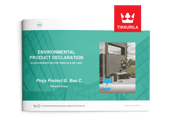
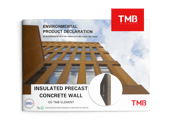
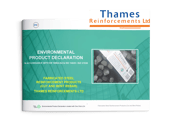
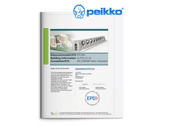
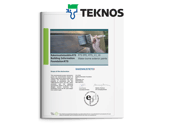
/Software_highlightimage_EPD%20Generator3.webp)

